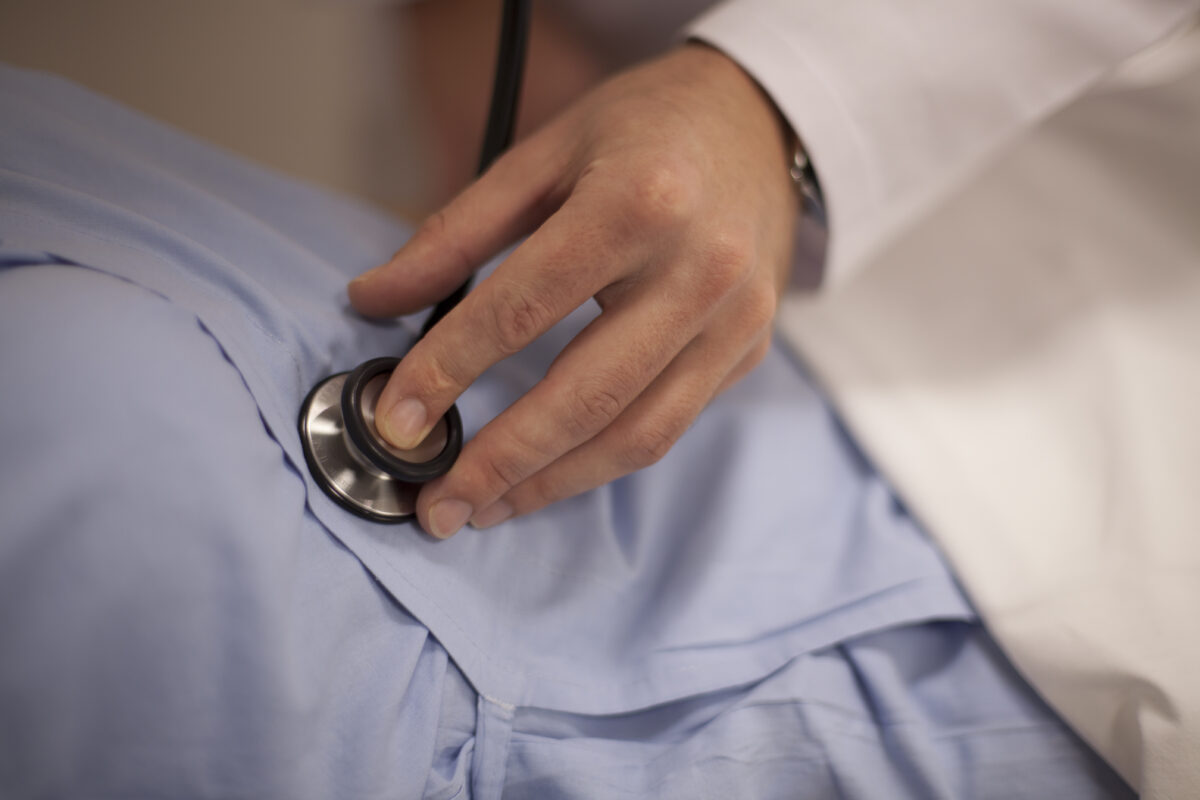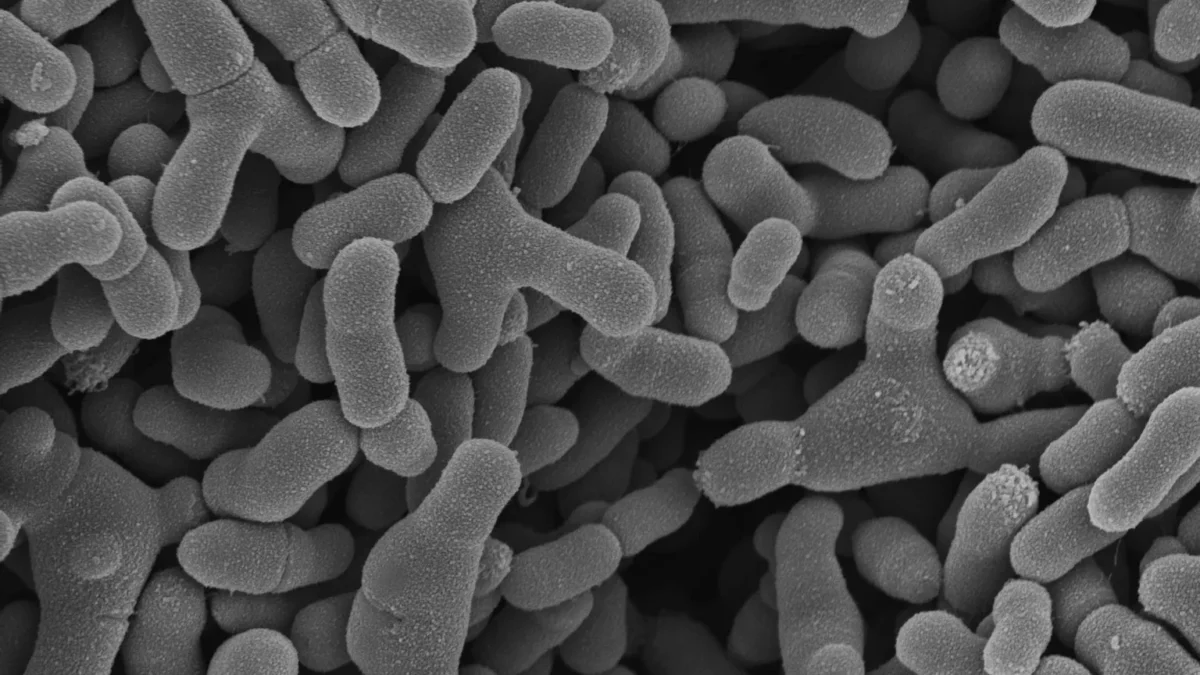 #News
#News
Gene therapy for hypertrophic cardiomyopathy
Preclinical trials demonstrate the potential of a single intervention to silence pathogenic alleles and prevent development of the disease
 Although rare, hypertrophic cardiomyopathy can be quite serious, as it increases the risk of heart failure, stroke, and cardiac arrest | Photo: Kiko Ferrite/Einstein
Although rare, hypertrophic cardiomyopathy can be quite serious, as it increases the risk of heart failure, stroke, and cardiac arrest | Photo: Kiko Ferrite/Einstein
Gene therapy is a promising research front for treating hypertrophic cardiomyopathy, a genetic disease that causes myocardial fibrosis and the walls of the left ventricle to thicken and stiffen, making it difficult for the heart to pump blood.
Although rare (affecting 1 in 500 adults), the disease can be quite serious, as it increases the risk of heart failure, stroke, and cardiac arrest. Medication and treatment help reduce symptoms, but there has been little progress towards a cure.
A review article published at the end of last year in the Canadian Journal of Cardiology suggests that, despite recent advances, the use of gene therapies to treat hypertrophic cardiomyopathy is still in its infancy and is at an early stage of development.
The article also recommends that, once the promising results of gene therapy have materialized, scientific efforts should focus on expanding ethical and equitable access to this type of treatment.
According to the study’s authors, the main therapies available for hypertrophic cardiomyopathy are lifestyle interventions, medical therapies, and intervention procedures—including heart transplant.
Gene therapy would be instrumental by focusing on the modification of cells through the transfer of nucleic or ribonucleic acids. Its target, therefore, is the disease’s molecular mechanism.
The review shows that, as of July 2023, there were 26 gene therapies approved in different parts of the world, while another 2,075 studies were in the development phase.
Studies dedicated to cardiovascular diseases, however, represent a small portion: only 55 of the entire number of therapies in development. Of these, only 12 were in the clinical trial phase.
One of these more advanced studies was described in an article published in Nature Medicine by researchers from institutions in the United States and Germany. The group evaluated two gene therapies, obtaining encouraging results. For the time being, trials have been performed on mice.
The research targets a specific allele of myosin (R403Q), a protein related to muscle fibers and contractions. According to the study, this allele can be silenced and, to this end, an adenine base editor (ABE8) and the virus-delivered Cas9 enzyme (AAV9) were tested.
Researchers celebrated the fact that, during the trials, a single dose to correct this mutation was effective—and, most importantly, long-lasting.
“A single dose of dual AAV9 vectors, each carrying half of ABE8 and guided by RNA, corrected the pathogenic variant in more than 70% of ventricular cardiomyocytes, while maintaining stable and normal cardiac structure and function,” wrote the authors.
According to them, this means that it was not necessary for all cardiomyocytes (100%) to experience permanent genetic correction for there to be benefits.
“We have demonstrated efficient and long-lasting in vivo base editing of a pathogenic nucleotide variant. The 70% correction was sufficient to prevent the morphological, histopathological, and molecular characteristics of hypertrophic cardiomyopathy in mice,” they concluded.
Experimental methodology
The researchers studied pieces of ventricular heart tissue under a microscope to determine the impact of gene editing and confirmed the prevention of cardiac fibrosis.
For the study, they used mice with different mutations to compare them with patients who have the disease. In the case of test rodents (not treated with the new technique), some developed ventricular hypertrophy at 20 to 25 weeks of age, and some at 8 to 10 weeks—the latter to simulate cases of patients with fulminant heart disease.
The treatment dose was injected into the chest cavity of the animals whose ages ranged from 10 to 13 days. Once it was confirmed that the gene had been effectively edited, cardiac function was studied using echocardiography until the mice were sacrificed between 32 and 34 weeks.
In vivo echocardiography performed after 8 weeks showed damage in all untreated animals. On the other hand, the hearts of treated mice showed no signs of problems in terms of morphology or function.
On the contrary, the treated mice remained indistinguishable from the healthy mice used for comparison throughout the 32-week study.
The data also indicated that, when editing the target gene, practically no changes occurred in noncardiac tissues. The tests were carried out to ascertain the potential for cell damage, especially in the lungs and liver.
“The architecture of lung and liver cells remained normal and there was no major growth in inflammatory cells,” said the authors of the study published in Nature Medicine.
According to the authors, serological assessments of the liver, enzymes, bilirubin, and globulins were also normal. However, as the treatment is dose-dependent, more studies need to be carried out to determine the best range for risk-free benefits.
Possibilities for the future
This line of treatment to correct pathogenic variables has considerable clinical potential to cure hypertrophic cardiomyopathy and other heart diseases also related to genetic factors.
“We have established therapeutic windows, risks, and opportunities in a mammalian model for base editor and Cas9 nuclease interventions to prevent hypertrophic cardiomyopathy. It could be the basis for curing cardiomyopathies,” said the authors.
It is important to note that gene editing did not cause any adverse results. However, more longitudinal studies are needed, especially on larger animals in order to confirm the feasibility of these early interventions—as well as those done on human cell lines to characterize long-term risks.
Among the study’s findings, it was observed that one dose of vectors corrected the pathogenic variant and maintained durable and normal cardiac structure and function. An additional dose, however, brought slightly different results, and the best dose must be confirmed in order to balance risk and benefit.
*
This article may be republished online under the CC-BY-NC-ND Creative Commons license.
The text must not be edited and the author(s) and source (Science Arena) must be credited.
News
 #News
#News
 #News
#News
 #News
#News
